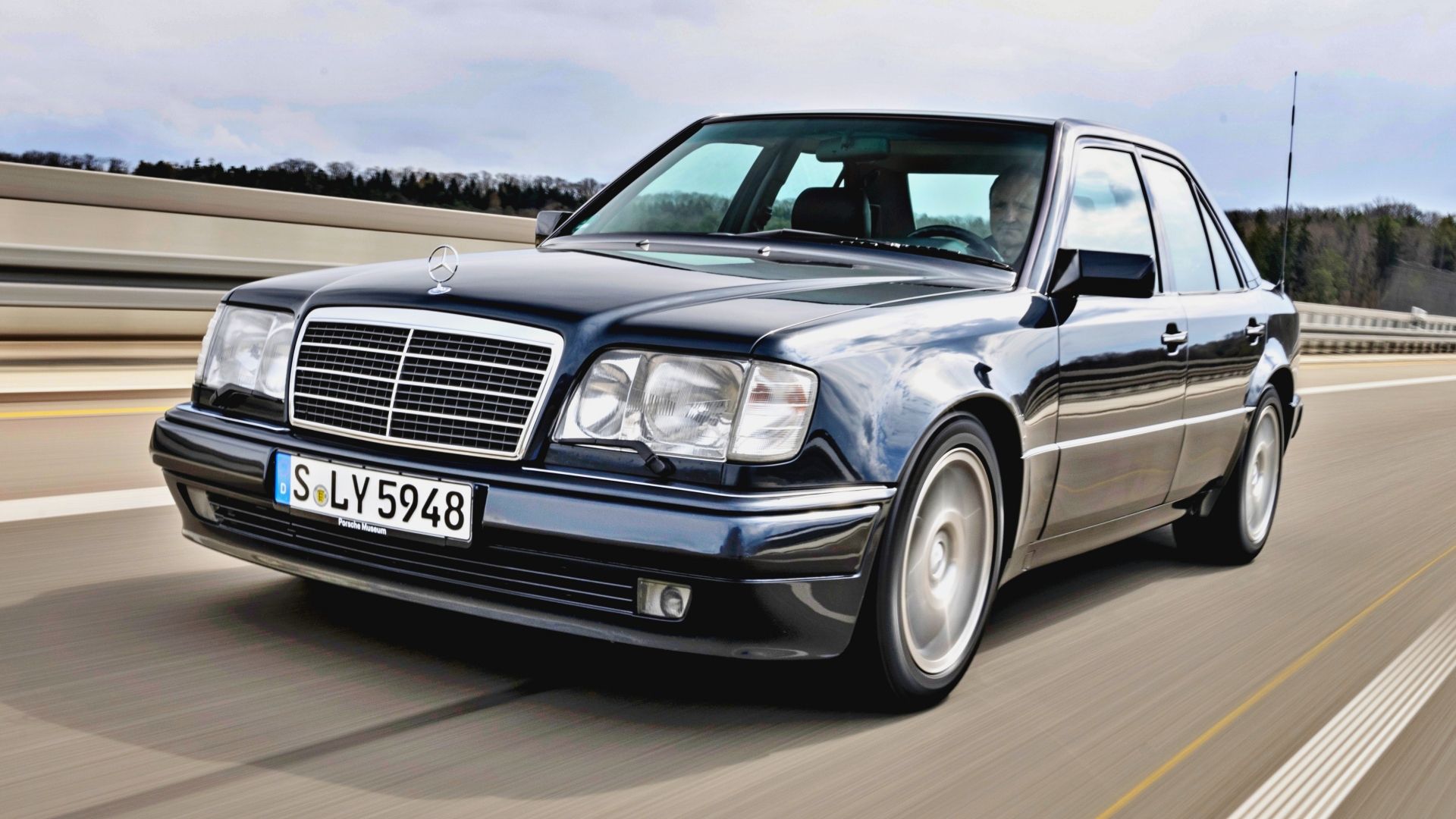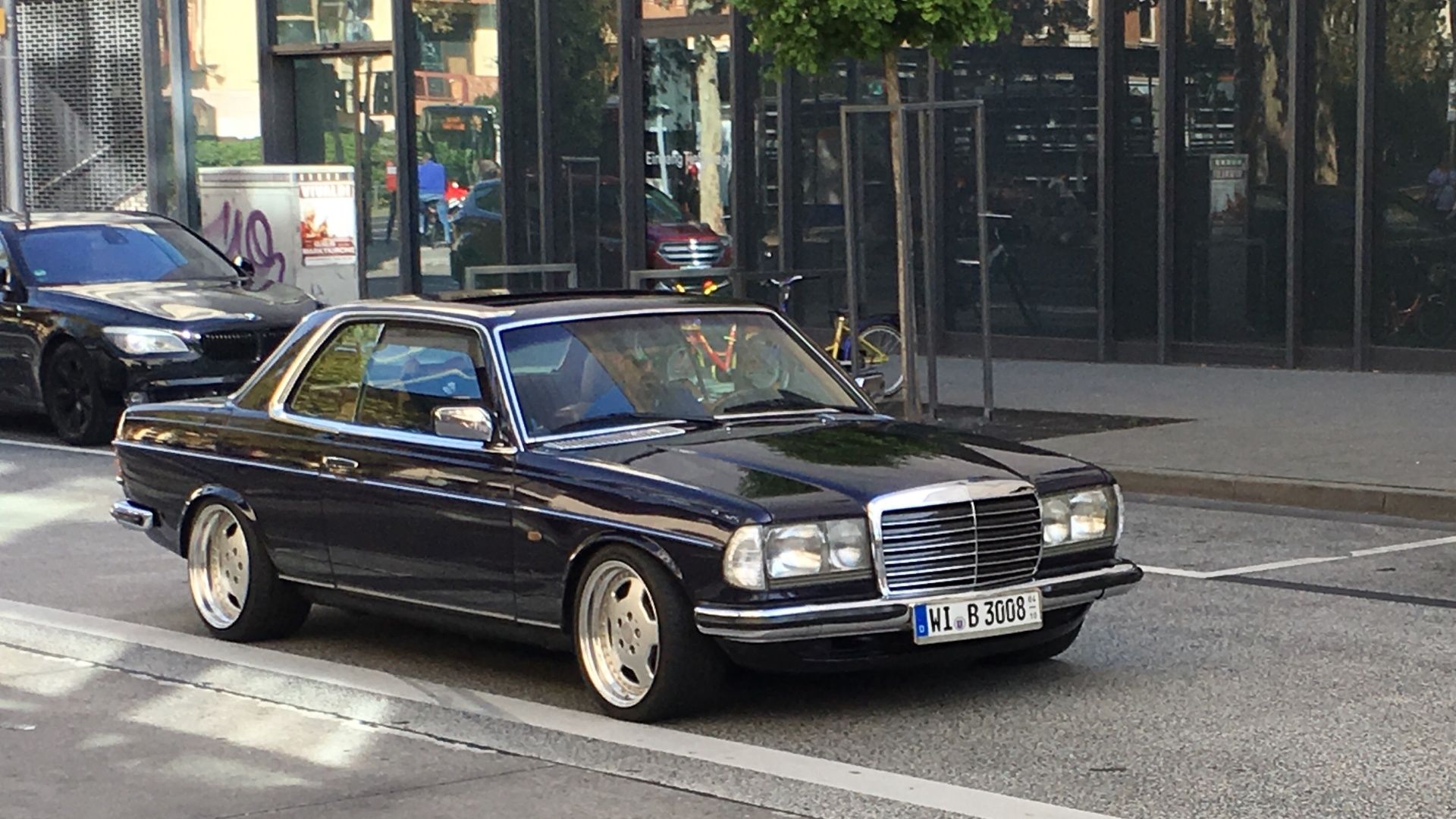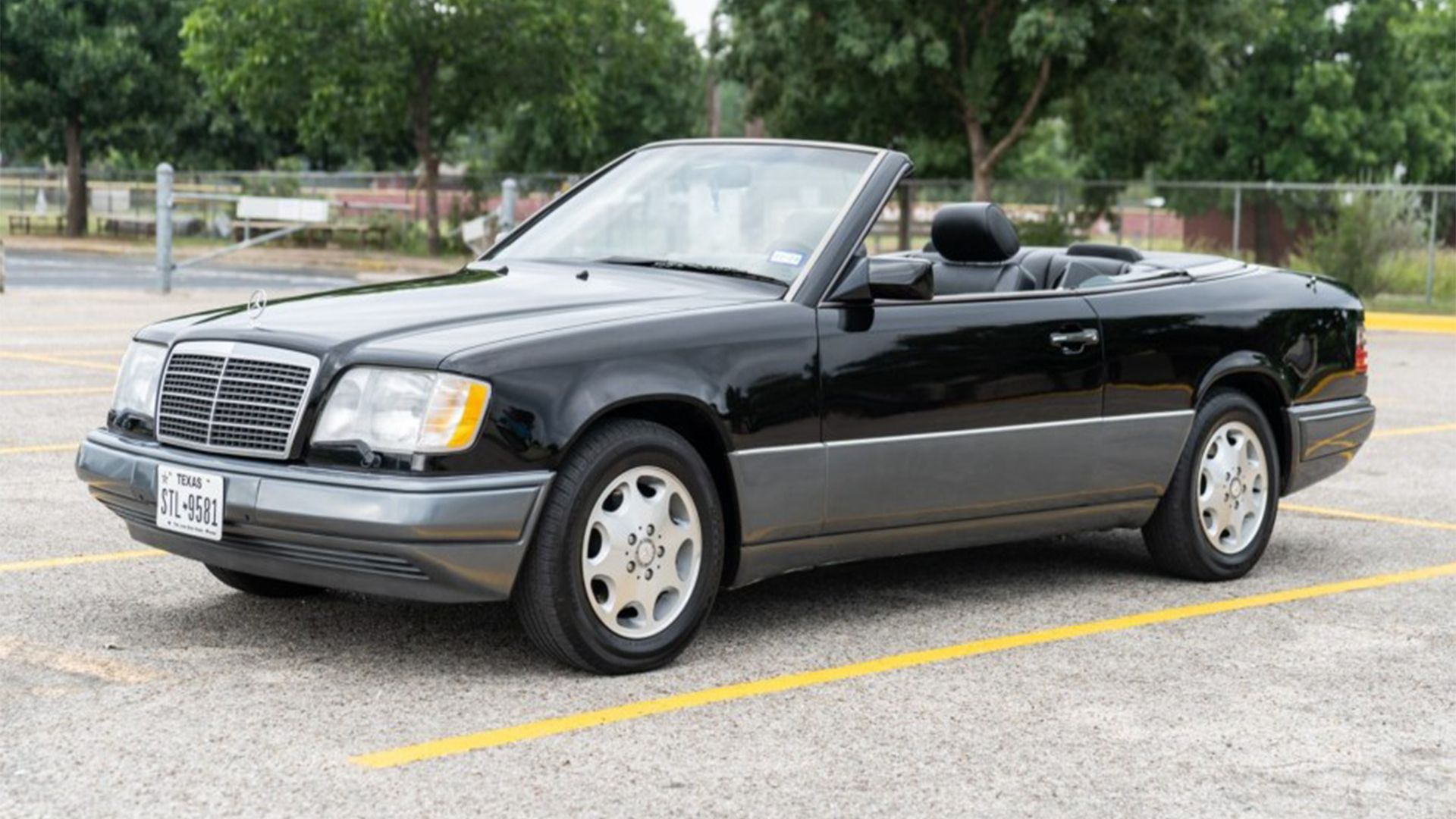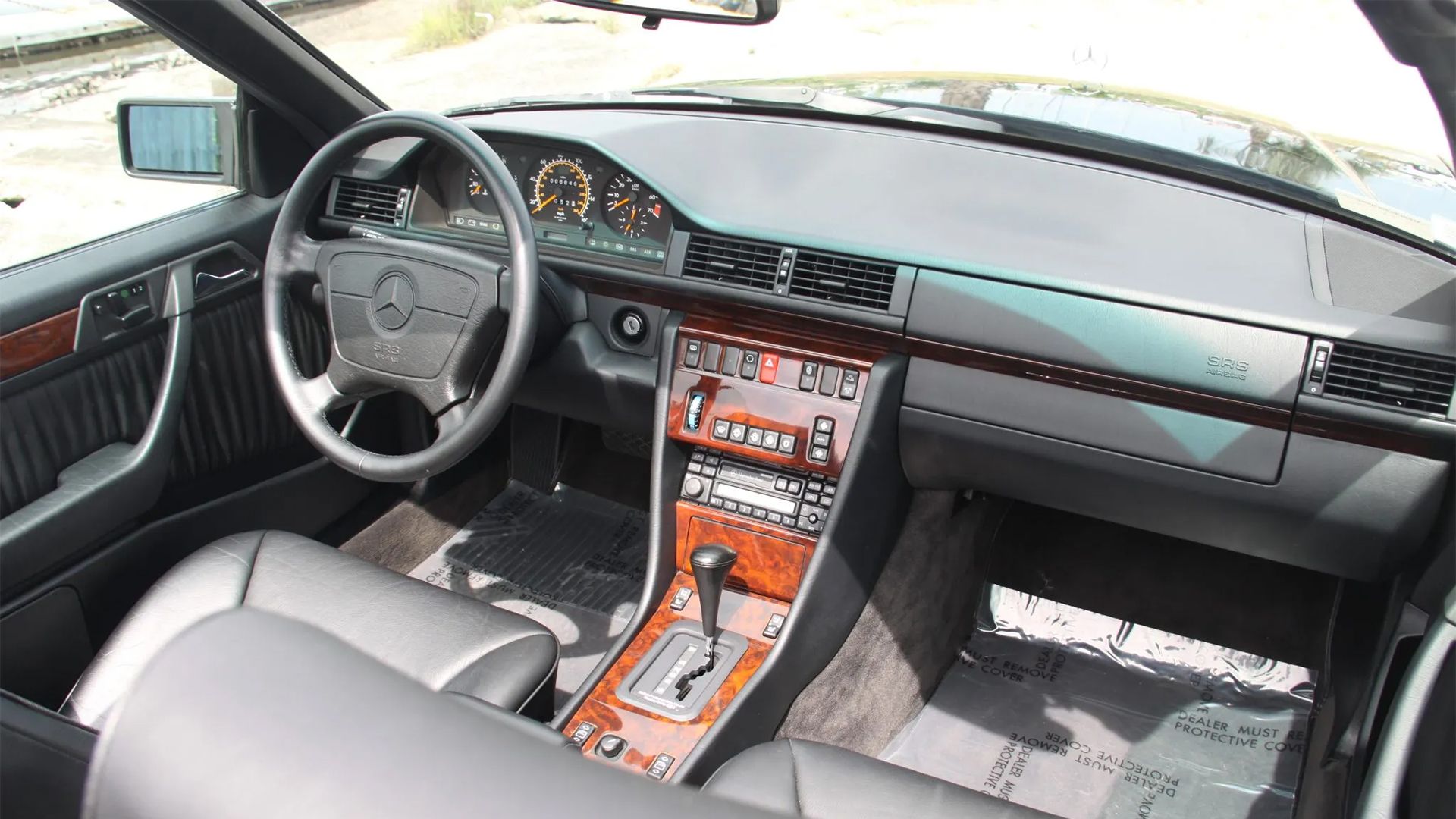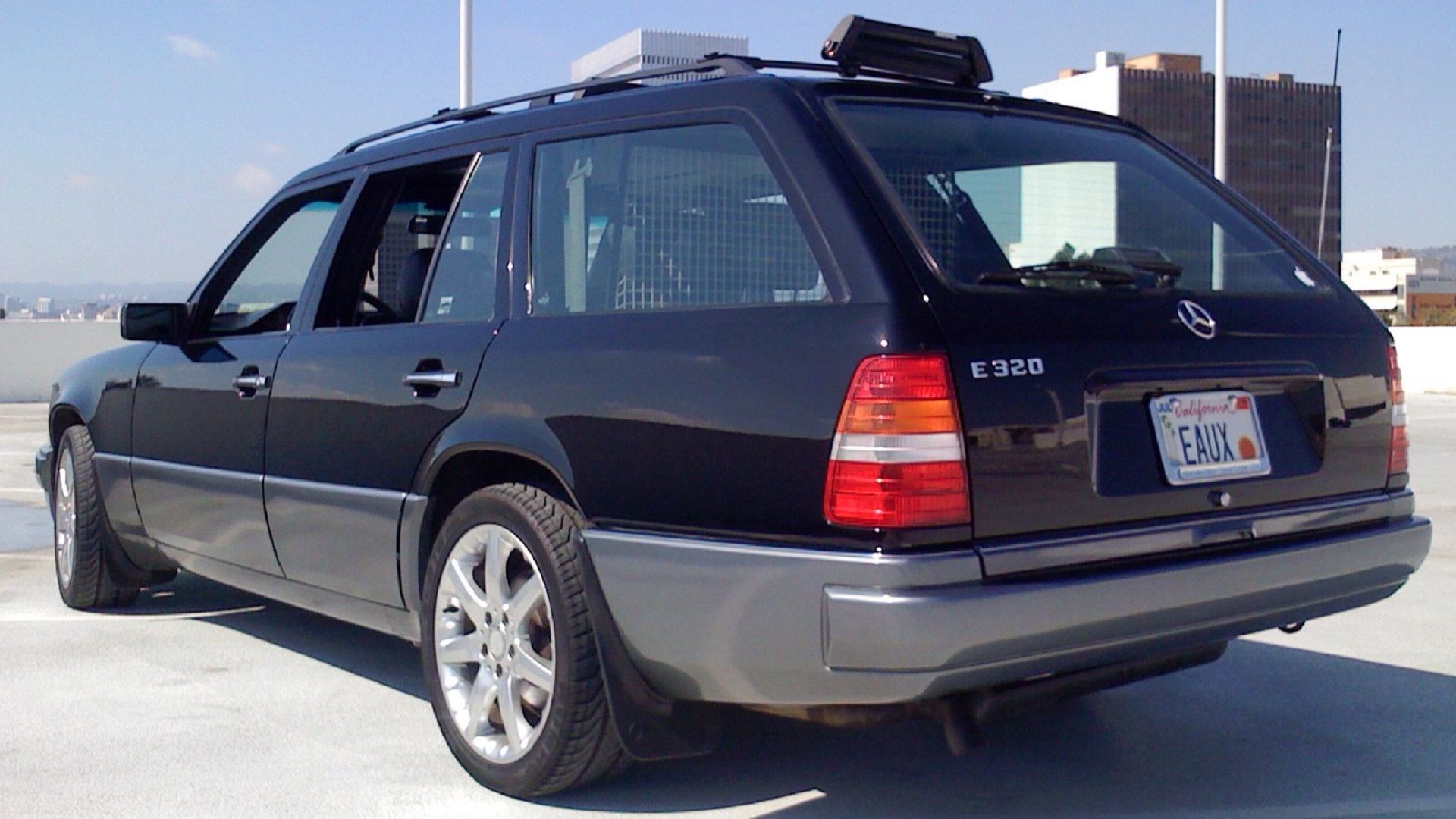Summary
- Mercedes vehicles of the past, like the W124, were known for their durability, comfort, and classiness, making them a solid investment for decades.
- The W124 may be considered the pinnacle of the Mercedes brand, being the last truly robust model while still maintaining a relatively modern design.
- The W124 is not only easy to work on for maintenance purposes, but it is also built like a tank, with a robust build quality that is often lacking in newer vehicles.
Mercedes vehicles were always expensive. However, during the time of the W124 and for decades before it, the price you paid got you a different type of Merc. When you pay a premium over a new Mercedes your money goes to brand image, the technology available, and in some cases, performance.
However, up until the 1990s, things were different for Mercedes. The cars did fetch a premium over the competition, but your additional money went elsewhere. The market offered vehicles that could go faster and had more luxuries, but it didn’t offer a vehicle that was more well-made.
With Mercedes, your extra money got you a car you could keep for decades. Furthermore, that car was incredibly comfortable, quiet, safe, and classy. Many would argue that the W124 was the last true Mercedes – a Mercedes bearing the above values. Is this the reason why it is still loved today?
Mercedes Of The Past
Some would argue that Mercedes used to be the greatest automotive manufacturer in the world. And they wouldn’t be wrong. Think about it, In the 1950s, the 300SL could crack 150 mph while managing to look much more modern and incredibly prettier than any car before it and, arguably, any car after it. From Mercedes came some of the best-made vehicles the world has ever seen, with some examples that would run more than a million miles.
Perhaps Mercedes' run of great sedans began with the Stroke 8 lineup, which included the W115 and W114 models. These were the first modernized sedans that featured independent suspension and disc brakes all around. Their ride quality was amazing, and the engines available were indestructible.
Specifically, the OM617 3.0 liter diesel five-cylinder in the top-of-the-line W115 300D was considered incredibly powerful (for a diesel of that time) but is also one of the most reliable engines ever produced. Later, the W123 continued the legacy adding more features, safety, and a more modern look that was then replaced by the legendary W124.
The W124 Might Be The Pinnacle Of The Brand
The W124 isn’t the most classic Merc, but it may be considered the pinnacle of the brand. Being the last truly robust model while also being relatively modern means that it remains drivable and reliable. Older models like the W123 and W114/5 may be considered a bit too old to still be used as daily drivers.
Technical Specifications and Features Of The Mercedes W124
Information | Description | Variants |
Production Years | 1984-1997 | N/A |
Units Produced | Approx. 2.7 million | N/A |
Body Styles | Sedan, Coupe, Convertible, Wagon | E, CE, TE, E 4MATIC, E 60 AMG |
Designer | Bruno Sacco | N/A |
Engine Options | Inline-4, Inline-6, V8 | M102, M103, M104, M119, OM602, OM603, OM606 |
Horsepower Range | 72-500 hp depending on the engine | N/A |
Torque Range | 130-510 Nm depending on the engine | N/A |
0-60 mph | Differs between 6.5 and 13 seconds depending on the model | N/A |
Transmission Options | 4-speed, 5-speed Manual; 4-speed, 5-speed Automatic | 4G-Tronic, 5G-Tronic, 717.4, 717.5 |
Suspension Type | Front independent double-wishbone with coil springs, rear multi-link independent | N/A |
Airbags | Front airbags | N/A |
Additional Safety Features | ABS, Traction Control available in later models | N/A |
Not the W124, though. This is proven by the streets of Europe where the W124 can still be seen rolling around. Granted, they are not the common site they used to be, but some of them are still holding daily driving duties.
The Mercedes W124 Is Incredibly Easy To Work On
The W124's allure is the fact that it is incredibly laid back. It's like being on a sofa (many old Mercedes get this characterization), a sofa that can relieve daily stress with its incredible ride quality and quietness. The W124 is like driving on a cloud, every bump gets ironed out, and as a driver, you feel isolated from what’s going on outside of you. Furthermore, everything you touch has an ergonomic feel, everything just works, and as a result, you become a laid-back road user.
What if we told you that a Mercedes that is incredibly easy to work on exists? Well, it's not just one of them, pretty much all Mercedes vehicles before and including the W124 were incredibly easy to work on. Most bolts can be removed with either a 10, 13, or 17-millimeter wrench, and the few electronics available present no issues or difficulties to get fixed. The W124 and most Mercs before it are vehicles the owner can fix if they want to. But ease of maintenance isn’t the only party trick here.
These old machines are built like tanks. When you shut an old Merc’s door, you immediately get an authoritative sound that lets you know the car was made to last. In many new vehicles, the doors alone are a good giveaway that the cars were made with cost-cutting in mind.
Sure, modern technology is at a whole new level, but the term “they don't make them like they used to” is true in the build quality compartment. Now, the downfall of Mercedes as far as reliability goes was arguably visible during the last production years of the W124 when vehicles suffered from bio-degradable wiring harnesses that would degrade before their time. The rest of the car was still built incredibly well, but this was probably a sign of what was to come.
Interesting Features Of The W124
- Safety Innovations: One of the first cars to feature a supplemental restraint system, including front airbags.
- Build Quality: Known for its robust build quality and reliability.
- Aerodynamic Design: The W124 achieved a drag coefficient as low as 0.28, which is impressive even by today’s standards.
- Variants: It was Offered in a range of styles and variants, including AMG-tuned versions with enhanced performance.
- Cultural Impact: It was featured prominently in various films and television shows and has a cult following among enthusiasts.
- Global Presence: It was sold in numerous global markets and was adaptable to different driving conditions (was incredibly popular in Africa). This made it a versatile global icon.
The W124 Was Relevant For A Long Time
The W124 is a car that comes from an era when models were changed far more rarely, Especially if they came from a brand like Mercedes. Most cars now get a facelift every couple of years, but the W124 remained unchanged for far longer than that. Furthermore, its general production period was also longer than most vehicles, This made customers appreciate the brand even more. When buying a Mercedes, you know that your vehicle won't be outdated in a few years. It could remain usable and current for decades, and this is something very few cars have to offer.
So, it may be safe to say that Germany’s reputation for incredible machines came during the old days when the cars that came out of the country were simply the best in the world. Mercedes made the most incredibly smooth, safe, and indestructible cars on the market, while companies like Porsche made some of the most exciting cars you could get. Today, the excitement remains, but Mercedes certainly isn't what it used to be.

